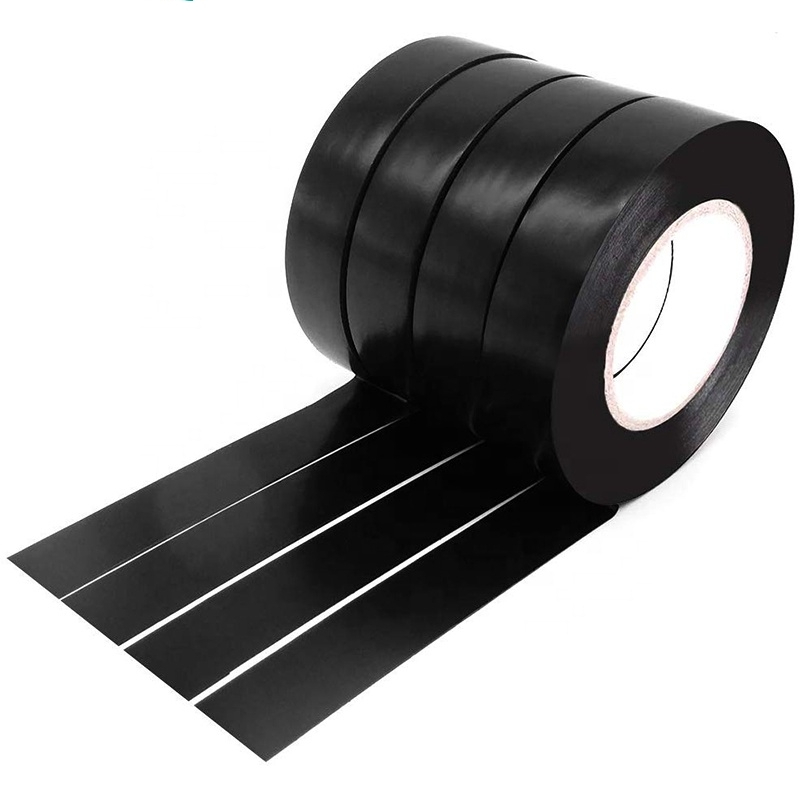Flame Retardant Insulation Tape Essential for Safety and Efficiency
In today’s world, safety and efficiency are paramount in various industries, including construction, electrical, and automotive. One of the unsung heroes in ensuring safety and efficiency in these fields is flame retardant insulation tape. This specialized tape provides not only electrical insulation but also the critical protective feature of flame retardancy, making it an invaluable asset in numerous applications.
Understanding Flame Retardant Insulation Tape
Flame retardant insulation tape is designed to resist ignition and delay the spread of flames, making it particularly important in environments where heat and fire hazards are a concern. These tapes are generally manufactured from high-performance materials such as polyimide, vinyl, or fiberglass, which exhibit excellent thermal properties. They are coated with flame-retardant chemicals that enable them to withstand high temperatures while effectively insulating electrical components.
Applications in Various Industries
1. Electrical Applications In electrical wiring and components, the risk of short circuits and electrical fires is ever-present. Flame retardant insulation tape is used to wrap wires and cable joints to prevent electrical hazards. This type of tape not only provides insulation against electrical leakage but also adds an extra layer of protection from potential flames.
2. Construction and Building In the construction sector, flame retardant insulation tape is used to secure and insulate various building materials. It can be applied to insulation boards, ductwork, and other structural components to enhance fire safety. Ensuring that buildings meet fire safety codes is a legal requirement, and utilizing flame retardant materials helps in achieving compliance.
3. Automotive Industry The automotive industry requires materials that can withstand high temperatures and reduce fire risks in vehicles. Flame retardant insulation tape is used extensively in the wiring harnesses of cars, trucks, and other vehicles to prevent electrical fires and protect critical systems. As automotive technology continues to advance, incorporating this tape in vehicle design becomes increasingly essential for safety.
flame retardant insulation tape

4. Aerospace Applications In aerospace, where safety is of utmost importance, flame retardant insulation tape plays a critical role. It is used in the insulation of wiring and other components that may be exposed to high temperatures during flight. Regulatory bodies demand stringent fire safety measures in aircraft, making these tapes a standard component in design specifications.
Benefits of Using Flame Retardant Insulation Tape
1. Enhanced Safety The primary benefit of flame retardant insulation tape is the increased level of safety it provides. It mitigates the risk of fire in various applications, contributing to a safer working environment.
2. Durability These tapes are often resistant to moisture, chemicals, and abrasion, making them suitable for use in harsh environments. Their durability ensures long-lasting performance, reducing the need for frequent replacements.
3. Ease of Use Flame retardant insulation tapes are typically easy to apply, requiring minimal tools. Their flexibility allows for application in tight spaces and on irregular surfaces, making them a convenient choice for technicians and workers.
4. Compliance with Regulations With strict fire safety regulations in place across many industries, using flame retardant insulation tape aids organizations in meeting compliance standards, ultimately reducing liabilities.
Conclusion
Flame retardant insulation tape is an essential tool in ensuring safety across a variety of industries. By providing both insulation and flame-resistant properties, this tape plays a crucial role in protecting people, property, and equipment from fire hazards. As industries continue to prioritize safety and compliance, flame retardant insulation tape will remain a pivotal component in enhancing safety measures and operational efficiency. Investing in quality flame retardant materials is not just good practice—it is vital for the safety and success of any project.
-
XIANGFAN Rubber Tape-Ultimate Solutions for All Your Insulation NeedsNewsJun.24,2025
-
XIANGFAN Rubber Tape-Protection for Industrial and Residential ApplicationsNewsJun.24,2025
-
XIANGFAN Rubber Tape: Superior Safety and Sealing for Demanding EnvironmentsNewsJun.24,2025
-
XIANGFAN Rubber Tape: Reliable Solutions for Every Electrical ChallengeNewsJun.24,2025
-
XIANGFAN Electrical & Industrial Tape: Powering Reliability Across IndustriesNewsJun.24,2025
-
XIANGFAN Electrical & Industrial Tape: Excellence in Every ApplicationNewsJun.24,2025
